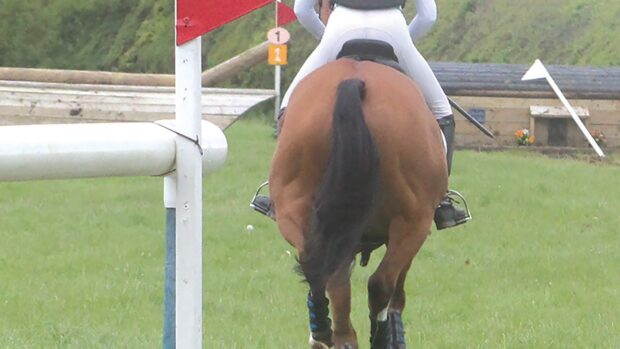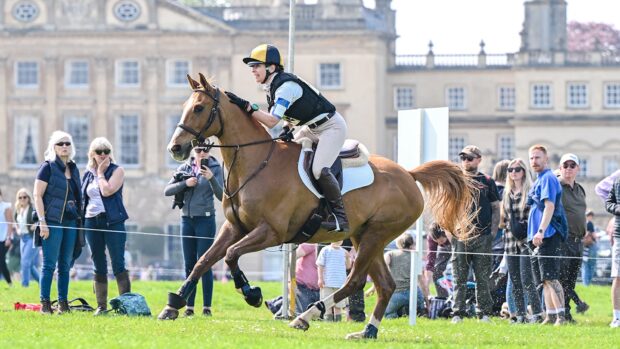28 January 2002
Expert veterinary advice on conformation when considering purchasing an event horse
An event horse must be tough and athletic as it has to train and compete on a variety of terrains. While the perfect horse rarely exists, the basic conformation must be adequate if it is to remain sound.
Top event horse conformation
- The horse should be well-proportioned and must be in balance.
- It must have good-shaped feet and good quality horn.
- The precise angle of the foot and pastern is not crucial, as long as the pastern-foot axis is straight. Excessively sloping pasterns place undue strain on the tendons and ligaments so should be avoided.
- Foot balance can be influenced by trimming and shoeing, but beware of major distortion of the hoof.
- A plumb line from the point of shoulder to the ground should bisect the foreleg and foot. Any variations may place the lower limb joints under undue stress, which could lead to lameness.
- Excessively straight hind limbs are more likely to suffer suspensory ligament damage.
- Blemishes such as enlargement on the front of the hind fetlocks or a small swelling on the front of a knee are probably unimportant in terms of future soundness, but may show how the horse has jumped in the past.
- Careful assessment of the back is crucial, since back pain can influence performance in all three disciplines. It is critical to see the horse work on the flat under saddle, performing all the movements expected of it at its level of training.
- The horse needs to be a light, athletic mover to withstand an intense work schedule. A horse that is on the forehand, or trots “into the ground”, is unlikely to cope with the work required of a three-day event horse.
- The horse does not need to move completely straight, as long as its movementwill not result in any injuries.
For more information on vetting an eventer, see Horse & Hound’s Vet Special on sale this week (24 January 2002).



